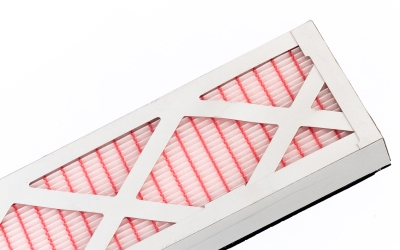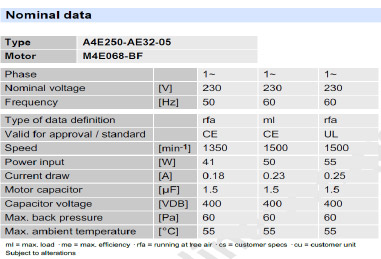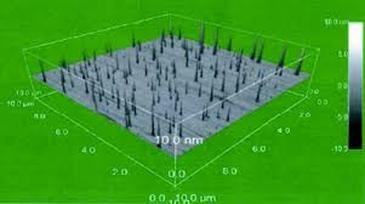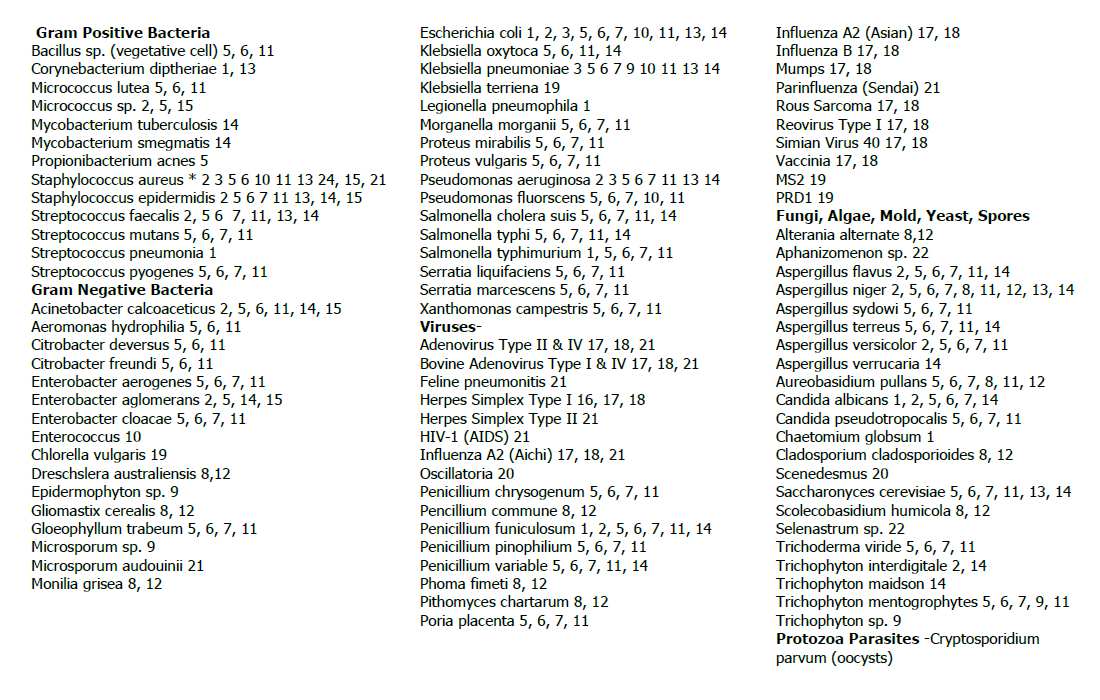Filter Technology

Each SaphaiAir purifier has two synthetic polypropylene HEPA filters. The filters are manufactured in Germany by Irema-Filter Gmbh and contain a unique three-layered meltblown material. The filters are fitted with a gasket to ensure no bypass.
Polypropylene has several advantages as a filter material, such as humidity resistance and microbial inertness. The endless fibres are - in contrary to microglass paper - unbreakable and wear resistant with no fibre shedding. The unique vertical fibre arrangement means >99.95% removal of PM2.5 particles.
Fan Technology
SaphaiAir uses the best German-engineering in our system EBM-Papst’s axial fans prove their reputation as space-saving
wonders by moving air for hot or cold air exchange in a wide variety of devices and systems. The outstanding features of axial fans are their small installation depth, low noise level, and exceptional efficiency, and are particularly well suited for air flow through air purifiers. Furthermore, with GreenTech EC technology, the axial fan becomes an intelligent energy saver for an extremely wide range of applications.
The further advantages are:
- Wide selection of models, dimensions and air performance levels
- Optimum efficiency and noise level due to well-engineered aerodynamic design of the fan blades
- High-efficiency, energy saving designs in GreenTech EC technology with standardised integration of control functions and sensor signals
- Wide range of accessories, including guard grilles, basket guard grilles and wall rings
The axial fan is dynamically balanced in two planes to DIN ISO 1940



CliniCoat Technology

Each HEPA filter has a unique anti-microbial coating, Clinicoat. This technology kills microbes or inhibits their growth. When the product is applied to the fibres of the filters, the silane molecules form a permanent covalent bond to the fibre surface.
The organic silane molecules form a series of spikes on the fibre surface, with a positive charge on the spoke tip. Since bacteria are negatively charged, they are attracted to the spikes, which pierce and kill them, leaving the molecule ready to dispatch another. This means that Clinicoat is not depleted with use.
Clinicoat is highly effective against the following organisms:

PM2.5
What is PM2.5 and why you should care?
PM is a common proxy indicator for air pollution. It affects more people than any other pollutant. The major components of PM are sulfate, nitrates, ammonia, sodium chloride, black carbon, mineral dust, and water. It consists of a complex mixture of solid and liquid particles of organic and inorganic substances suspended in the air.
While particles with a diameter of 10 microns or less, (≤ PM10) can penetrate and lodge deep inside the lungs, the even more health-damaging particles are those with a diameter of 2.5 microns or less, (≤ PM2.5). PM2.5 can penetrate the lung barrier and enter the blood system. Chronic exposure to particles contributes to the risk of developing cardiovascular and respiratory diseases, as well as lung cancer. There is a close, quantitative relationship between exposure to high concentrations of small particulates (PM10 and PM2.5) and increased mortality or morbidity, both daily and over time. Conversely, when concentrations of small and fine particulates are reduced, related mortality will also go down – presuming other factors remain the same. This allows policymakers to project the population health improvements that could be expected if particulate air pollution is reduced.
Small particulate pollution has health impacts even at very low concentrations – indeed no threshold has been identified below which no damage to health is observed.
Therefore, the WHO 2005 guideline limits aimed to achieve the lowest concentrations of PM possible.
SaphaiAir technology achieves a >99.95% reduction in airborne PM2.5 concentration, ensuring our customers are protected from these particles.
Hospital Trials: SaphaiAir reduces ‘Colony Forming Units’ by 79% within one hour
Two of the SaphaiAir units were placed in a Special Care Baby Unit of a leading hospital where there have been previous issues with MRSA and dust particles. Particle counts were conducted in the room and on the air exiting the SaphaiAir unit. Biological settle plates were placed beside the units and left for one hour before the units were turned on.
The units were then turned on and a second series of settle plates were placed in the same locations and left for one hour. This process was repeated fortnightly over a period of 3 months.
Greater than 99.52% of 0.3µm and 0.5µm particles were removed from the air entering the units.
100% removal of 5 µm particles.
Average reduction of 79% of CFU’s (Colony Forming Units) after just one hour cleaning within a 4m radius of the units.
